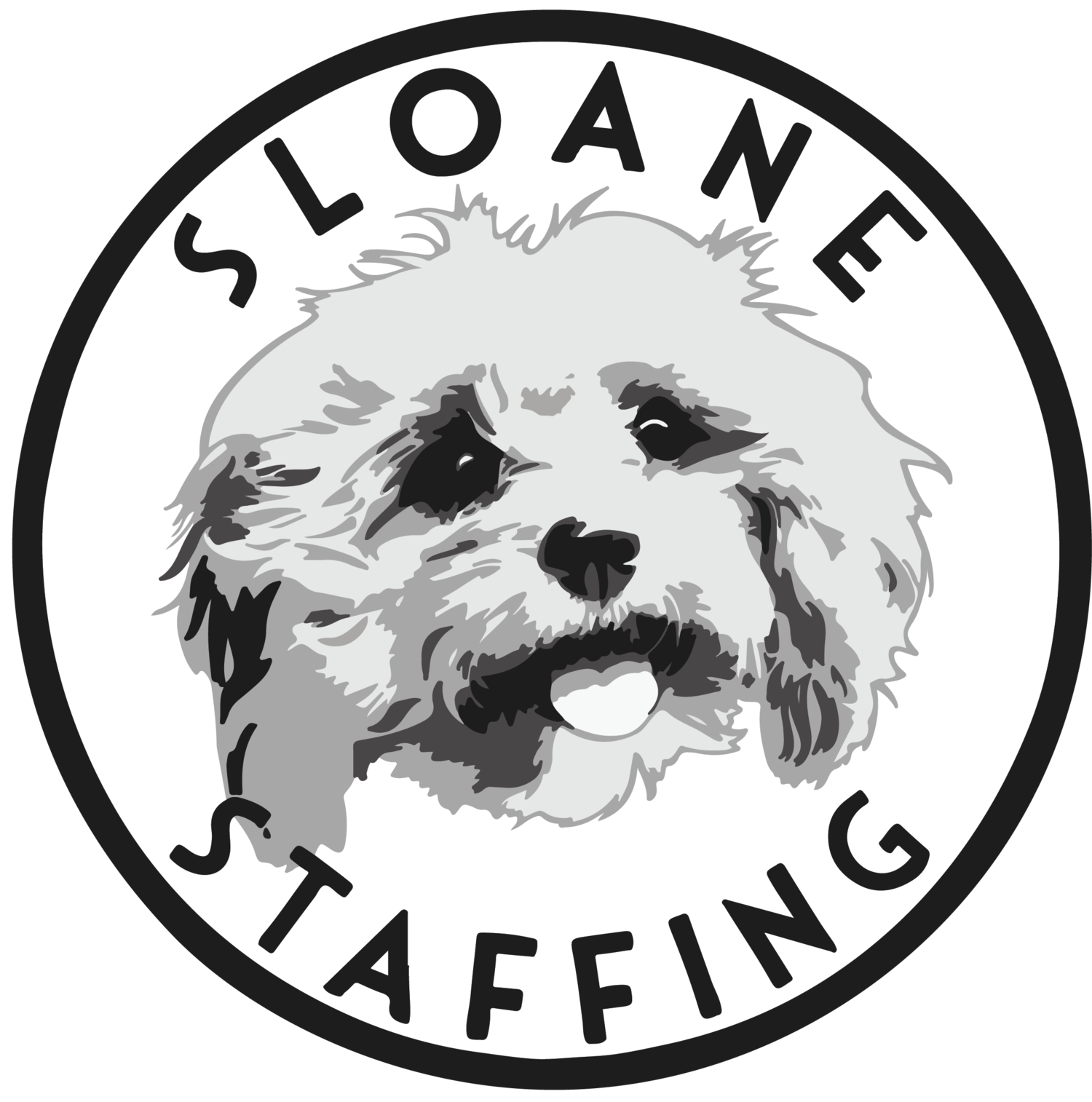The True Cost Of A Bad Hire And How To Avoid It
It’s not uncommon for technology companies to be scrappy, often accomplishing a lot with very little. One way they do this? Hiring the best of the best candidates to join their lean team. But, what impact could the wrong hire have on a team?
Hiring the wrong employee can cost a company thousands of dollars, not to mention the time wasted onboarding and training someone who just doesn’t fit. A wrong hire has a ripple effect that can impact the entire company.
What Exactly is a Bad Hire?
Most HR professionals will tell you that they are guilty of having made at least one bad hire. Bad hires are usually made out of desperation when a company needs to fill a role quickly and doesn’t have the time or resources to properly vet candidates.
When a bad hire is made, there are usually some early warning signs that will tell you that they are not the right candidate.
The work they produce does not meet the quality that is expected of someone at their level.
They are not reliable; often late, or missing multiple days.
There is an immediate and noticeable issue with how they engage with their team.
What Impact Does a Bad Hire Have on the Company?
When some professionals think of the cost of a bad hire, they immediately go to the wages they may have paid out during that employee’s tenure. But, the truth is the cost goes deeper than that and could, in some situations, have a lasting impact on the businesses long after the bad hire has left. While most bad hires are weeded out quickly, some may stick around for months or even years, which can add even more to the company’s loss.
A Dip In Productivity
When we look for a new hire, we often have goals in mind that we are looking to achieve. We have high expectations of what we want to do, what projects will be able to complete, and a realistic timeline of when we think we can meet them. A bad hire can squash all of our goals quickly, which puts the company in a bad situation.
Some bad hires can have an impact on members of their team, turning engaged and productive employees, unmotivated and uninspired to do their work.
Lost Time Spent Training
Every new hire, regardless of experience and level, will need to be trained and onboarded. On average, companies will spend up to three months ramping a new hire up, though some companies may spend even longer. Onboarding is usually a company effort, with multiple members contributing to the training of a new hire. This is a waste of company time and resources, especially when you think that you will have to do it all over again when you find the next candidate.
Recruiting Costs
Attracting and acquiring your candidates costs time and money. The amount of time and money it will take to find the right candidate will vary based on the role but some of the expenses that a business can expect are:
Advertising costs on popular job sites or job boards
Event fees for job fairs
Software subscriptions
Payouts for employee referral programs
Recruiter time spent on interviews, negotiations, and communication with the candidate
Do You Have a Bad Hire on Your Hands?
A bad hire may not always be a bad employee. And while wasting time on a bad hire can cost a company more money in the long run, it’s not always a great idea to just cut your losses. The best thing a company can do, as soon as the red flags start to appear, is let the employee know that you noticed. Sometimes, the employee can feel as if they made a mistake too and are not in the role they thought they would be in. Having conversations early on can help the employee share any concerns they may have about the job or the company. Holding regular performance reviews can allow the company to share feedback and determine the best course of action.
If you realize that the employee is just not a right fit and it’s best to let them go, don’t delay it. Letting go of under-performing employees is never an easy task but the longer you delay it the worst off everyone will be.
How to Avoid Bad Hires in the Future
Once you’re free from a bad hire, it is time to make a few changes to ensure it does not happen again.
Improve your interview process by including multiple members of the organization, especially those that will work closely with this hire.
Add technical assessments to the hiring process to evaluate the candidates’ skills and ability to do the job.
Invite the employee to join a coffee with the team, to get a sense of their personality and the way they interact with others.
Another great way to ensure you hire the right candidate is to partner with a staffing agency that can handle the complicated process of vetting candidates. Reach out to us today to learn more about our process of “weeding” through candidates.

